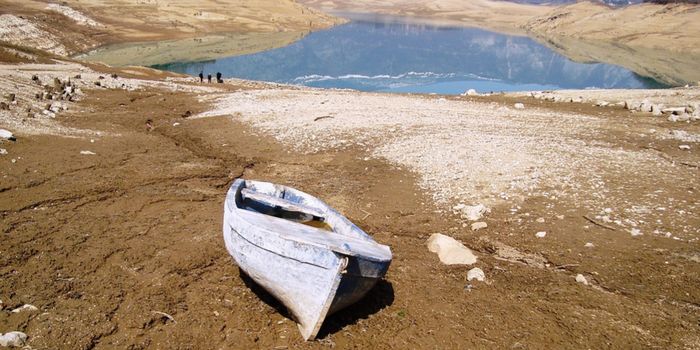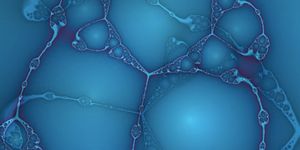Fiber Optic Internet Cables Can Help Detect Earthquakes
Researchers at the California Institute of Technology have shown how using fiber optic cables, a pervasive, if unseen, fixture in today’s society, could help better predict when an earthquake might strike. Researchers describe their findings in a recent article published in Nature.
Fiber optic cables help provide people across the United States with a resource that we’ve all come to take for granted in many ways: internet, with some estimates suggesting billions of miles of fiber optic cables traverse the world to provide internet to people everywhere. Looking just at the state of California, which has thousands of miles of cables, researchers have discovered a way to repurpose these cables to detect earthquakes, which are common in that part of the United States.
Specifically, researchers have explored a way to leverage these miles of fiber optic cables to utilize them as seismometers, which are commonly used to detect and monitor seismic activity. This process of using fiber optic cables in such away is called distributed acoustic sensing. While one seismometer can cost thousands of dollars, distributed acoustic sensing ultimately allows researchers to have an entire network of seismometers spread across the state.
As part of the study, researchers used a small section of the state’s fiber optic infrastructure and examined data from a 2021 earthquake to understand the possibilities of using fiber optic cables.
Here’s how it works. Using lasers light emitted through the core of a fiber optic cable, researchers can create a sort of “baseline;” for example, it may take the light a certain amount of time to travel through the cable. When an earthquake strikes, then, this line of light is distributed, and it is these tiny changes that can offer researchers a highly sensitive instrument that could help record and measure seismic activity.
Ultimately, researchers hope that a more robust seismic sensing system created by leveraging existing fiber optic cable networks could improve early warning and detection systems, as well.
Sources: Science Daily; Nature








